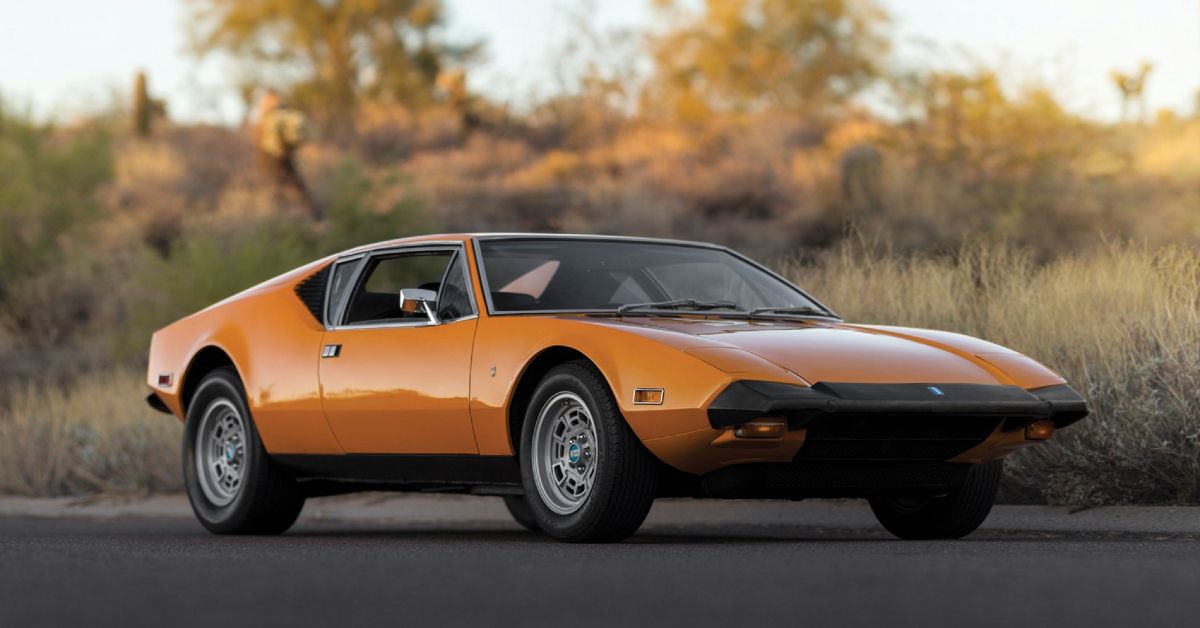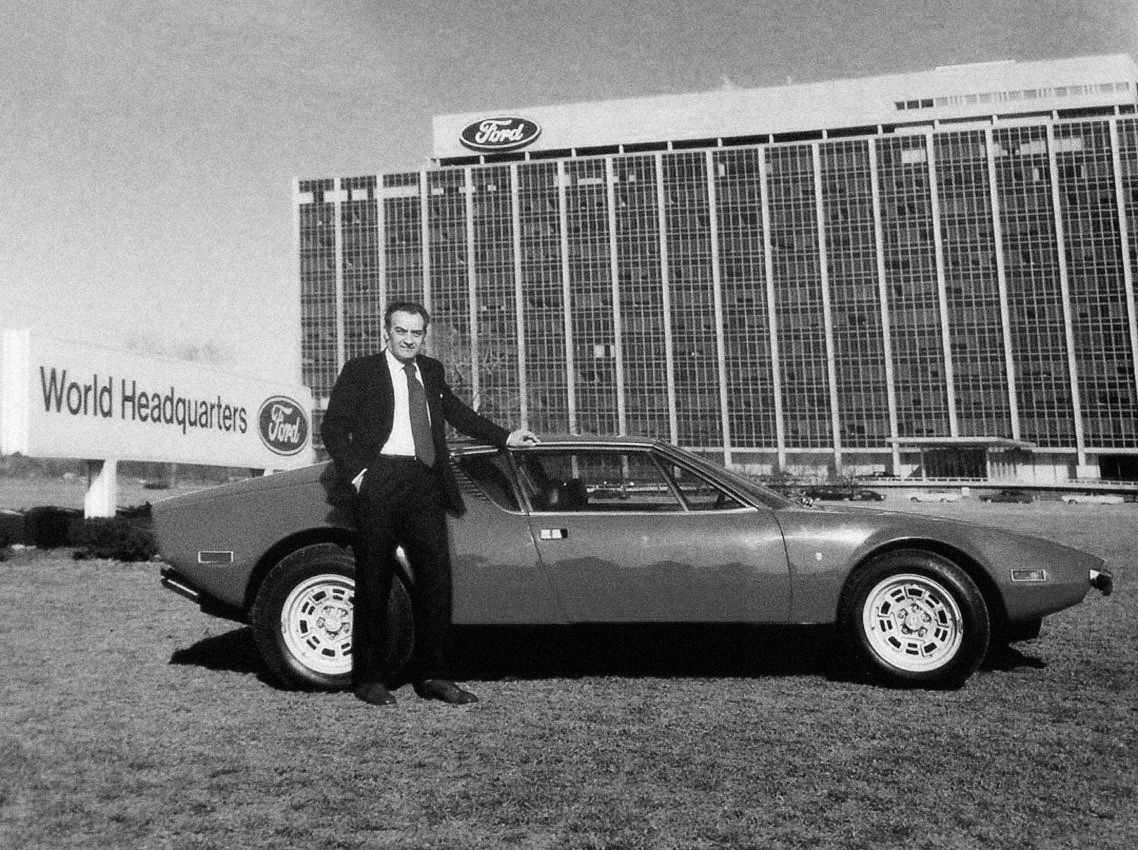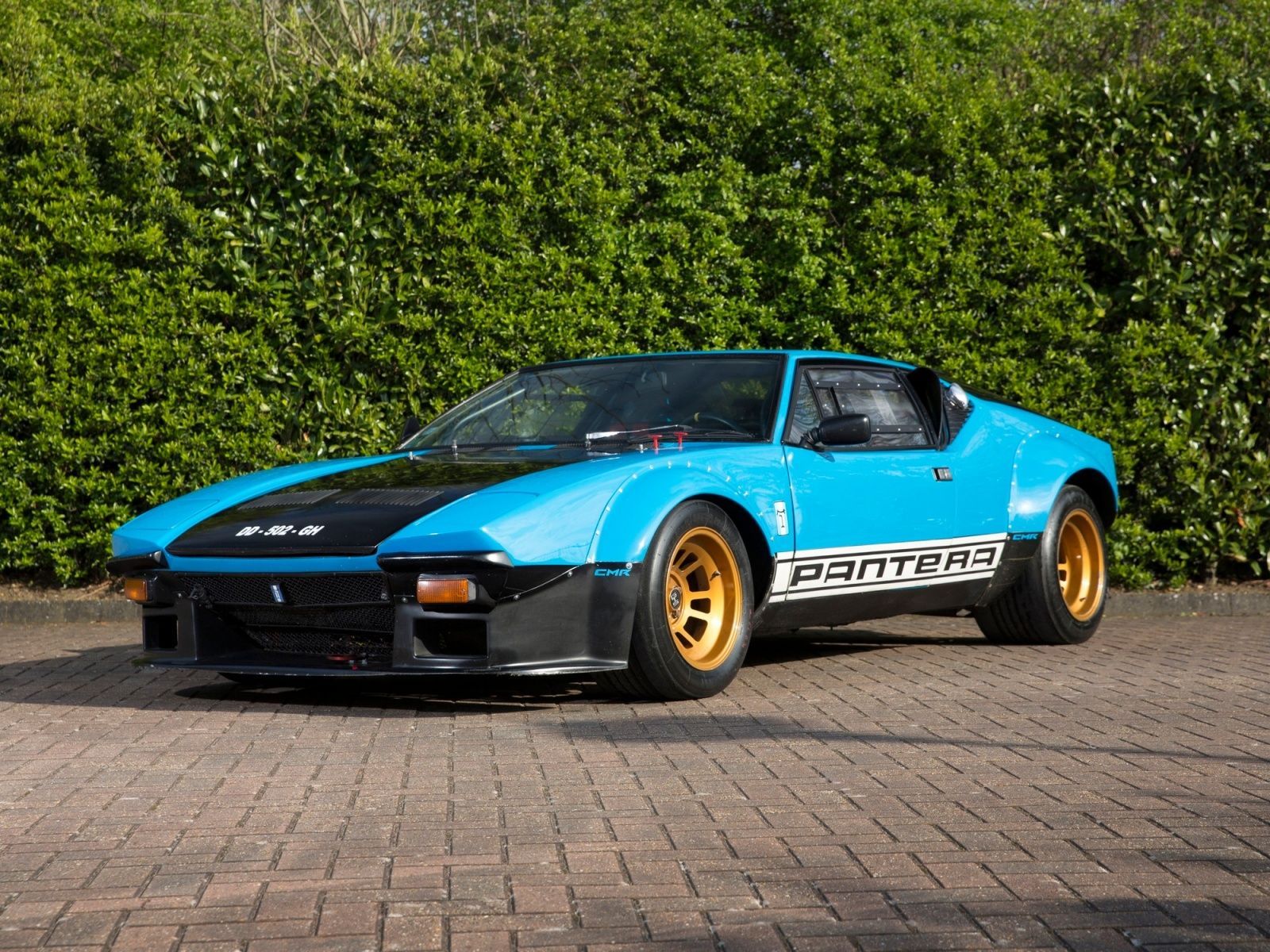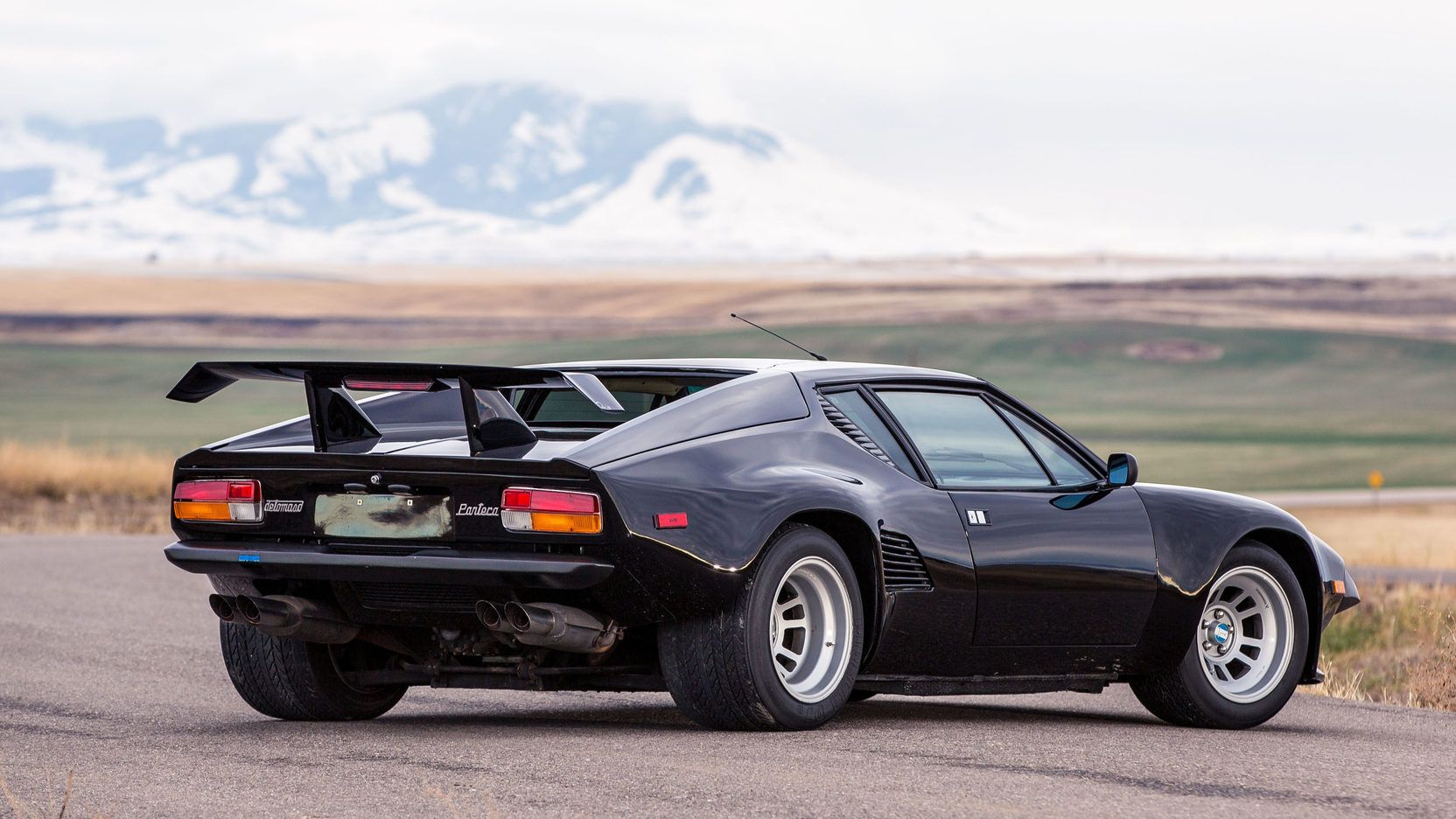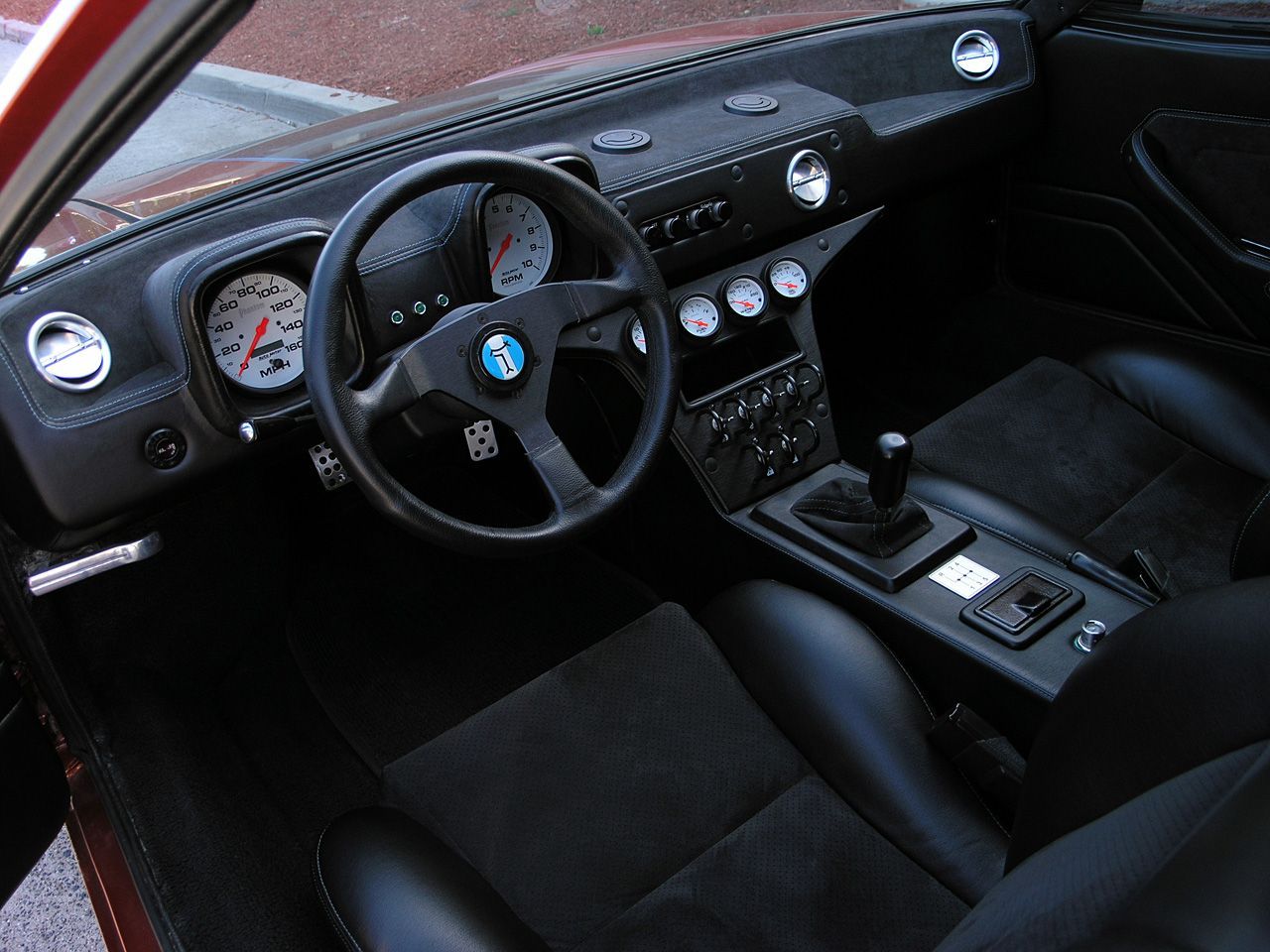The 1970s saw some of the world's craziest design ideas; branching to everything from clothing to interior design. For us car enthusiasts, we know the '70s as a land of awesome sports cars wherein style was far more important than comfort or accessibility. The first thing to come to mind might be the Lamborghini Countach or the Ferrari 365 GTB, and so on and so forth.
Italy is, after all, a powerhouse in sports car manufacturing; producing some of the greatest race cars/road cars to grace our planet. With that in mind, it's difficult to remember each and every gem to roll out of the country, however, we can still compartmentalize the worthy instances. For example, Italian cars that deserve more attention, like the 1970s DeTomaso Pantera!
It's disappointing to see a car like the Pantera receive so little praise. So upsetting, in fact, that we figured it was time to discuss this particular car, as well as its creator. In our humble opinion, we think that the DeTomaso Pantera is a criminally underrated sports car that should've reached far beyond its actual scope.
So, please, allow us to elaborate on why we believe so and (potentially) bring you into our fold...
Fleeing Into The Automotive World
The Pantera's story starts with the inception of its manufacturer by an Argentinian asylum-seeker, Alejandro De Tomaso. After escaping his home country of Argentina, he found a home in Modena, Italy (the same place of origin for Ferrari & Pagani).
Originally, De Tomaso's plan was to make race cars, particularly for series like Formula 1. He was successful in designing for the Williams F1 team, but, over time, it proved to be the wrong path for him. Though, De Tomaso was in a pickle: " what do you do if not make F1 cars?" The answer? Make road cars.
By the end of his company, De Tomaso had made four cars: the Vallelunga, Mangusta, Deauville, and (of course) the Pantera. Of his four cars, the Pantera was easily the most well-known, which isn't saying much...
In A Class Of Its Own
The Pantera was a mixed bag, so to speak. Its exterior was all Italian, especially with that mid-engine setup, whilst the engine was an all-American Ford V8. The specific engine is a Ford Cleveland V8 - a 5.8-liter that made 330-hp.
American versions, sadly, didn't get as much horsepower. Because of emission standards and government regulation, the U.S. specs only made 310-hp. Though, as the years went on, it only got more and more powerful, as well as better looking (in our opinion). The Pantera also sported some unique design choices, such as the conjoined transmission/driveshaft components.
What didn't change, however, was its placement among other cars like it. A Corvette C3 was the low-end ($4,000 or so) and a Ferrari marked the top-end (about $20,000) in the '70s. The Pantera, on the other hand, fit snugly in between the two.
Therefore, the DeTomaso Pantera ended up creating an entirely new class of car, one whose goal would be to provide the same feel as the 'Top Dogs,' but at a fraction of the price.
All-To-Common Criticisms
We will concede that the DeTomaso Pantera isn't without its fair share of problems. Then again, which classic supercar isn't, nowadays? Anyways, a huge complaint regarding the Pantera's reliability was its tendency to overheat and stall. Needless to say, nobody wants to be stuck on the side of the road.
Outside the mechanical and electrical bugs, the Pantera wasn't the most comfortable of cars. Like the Lamborghini Countach, the Pantera was designed for a small Italian man; proven further when you see how close together the pedals are. There's very little room for others, let alone anyone who is over five-foot nine-inches.
Still, even with those issues, that's nothing compared to other cars of that era. The Jaguar E-Type, Ford Mustang, and Aston Martin Vantage are far worse examples of shoddy build qualities. It's truly unfortunate that the Pantera is singled out as the 'Ugly Duckling' of the bunch.
DeTomaso: A Relic Of Its Time
All in all, despite the mechanical and surface-level problems usually associated with the DeTomaso Pantera, it's still one of the 1970s greatest cars. Its 0-60 time of 5.5-seconds, 330+ horsepower, and good looks are astonishing achievements for a sports car that's fifty years old.
Brand new, a Pantera would run you about $13,000 in the 1970s (about $60,000+ accounting for inflation). Today, though, they're getting even higher. Just about every listing we see has them near, at, or above $100,000. Who knows, it's likely that the Pantera's value will only continue to grow.
This goes to show that more people are beginning to warm-up to the Pantera, as well as De Tomaso as a whole. Yes, you read correctly, the DeTomaso brand (although dormant for ages) has resurfaced recently.
De Tomaso's new car, the P72, is the Pantera's legacy. For, without the Pantera paving the way, it's almost certain that DeTomaso wouldn't be making a comeback, let alone triumph to begin with.

